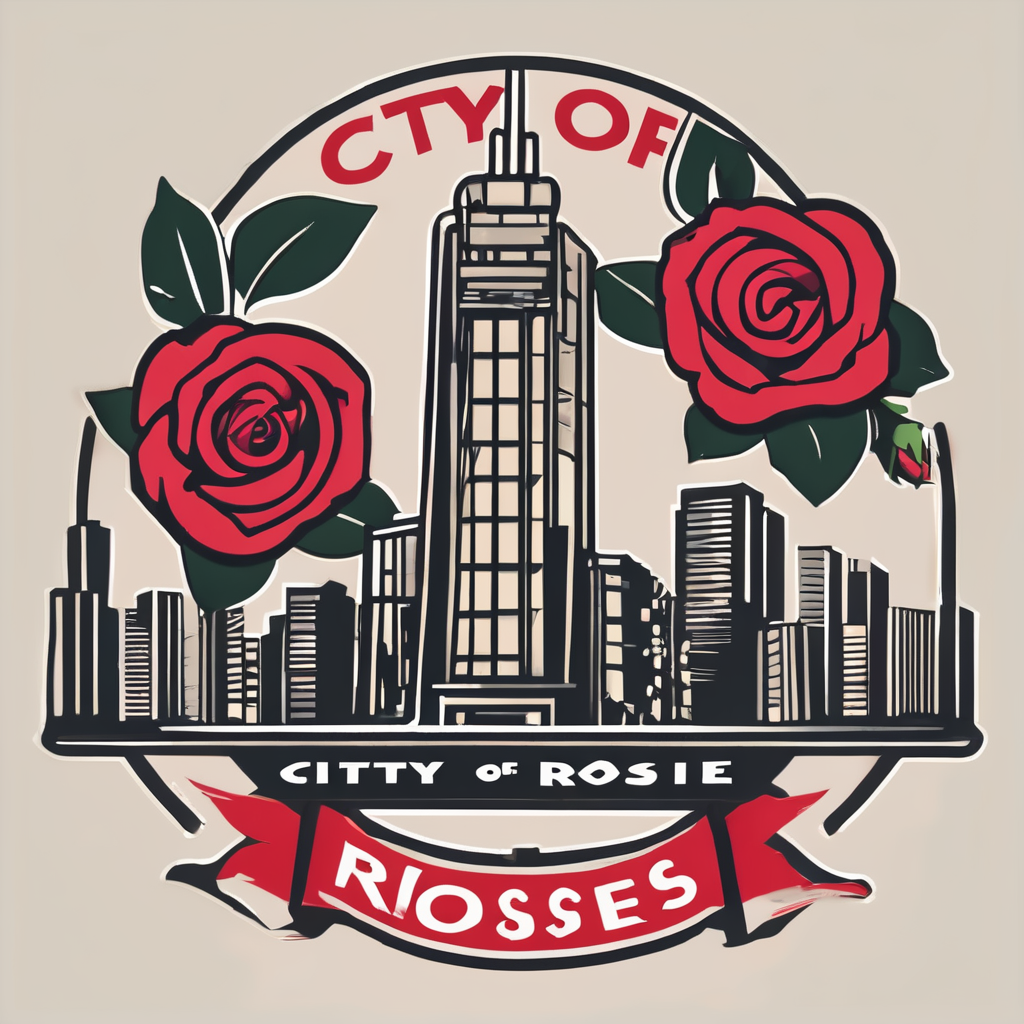Innovative Garden Design Concepts for Urban Spaces
Urban gardening offers incredible opportunities to blend creative garden design with practical utility. Multifunctional garden design is gaining traction by transforming small spaces into versatile, vibrant areas. The idea is to utilise every inch of space without cluttering, integrating functionality with beauty.
The principles revolve around adaptability, where elements share purposes—a bench doubling as storage or planters functioning as barriers. Urban gardening becomes a rich tapestry of natural and architectural influences, ensuring environments remain inviting yet orderly.
Additional reading : Crafting the Ultimate Energy-Efficient Lighting Blueprint for Your UK Home: A High-Impact Guide
Incorporating natural elements into urban settings isn’t just for aesthetics. It plays a crucial role in enhancing air quality and promoting wellness. Vertical gardens and green walls, for instance, are efficient solutions for limited ground space. These installations offer privacy, sound insulation, and aesthetic appeal, while providing crucial habitats for biodiversity within cityscapes.
Multifunctional spaces can be simple yet effective. A small balcony, when creatively designed, can become a relaxing oasis featuring edible plants, enhancing both the scenery and sustainability. Urban spaces with thoughtfully implemented garden designs not only elevate the aesthetics but also enrich the urban experience, marrying functionality with nature’s beauty.
In the same genre : Ultimate Green Insulation Choices for UK Cottages: An In-Depth Exploration
Practical Tips for Implementing Garden Ideas
Incorporating practical urban gardening solutions is crucial for optimising small spaces. With limited room to work with, employing space optimisation techniques can transform a tiny area into a lush retreat. Vertical gardening is an excellent strategy, making use of wall-mounted planters to cultivate herbs or decorative plants. This not only saves ground space but adds visual interest and encourages biodiversity.
Selecting the right materials in urban garden projects is also vital. Lightweight materials, like fibreglass or reclaimed wood, contribute to sustainability and are easier to manage in confined spaces. Utilising proper materials ensures durability while keeping aesthetics in focus.
For busy urban dwellers, simple maintenance tips can keep gardens thriving. Opt for drought-resistant plants and employ efficient watering systems such as drip irrigation. Regularly checking for weeds or pests saves time and supports a healthy garden ecosystem. Lastly, use mulching to retain soil moisture and reduce maintenance efforts.
Implementing these practical gardening tips effectively, urban gardeners can create and sustain vibrant green spaces. These methods enhance not only the beauty but the functionality of urban environments, promoting a healthier, greener city life.
Examples of Multifunctional Gardens in the UK
Multifunctional gardens in the UK exhibit imaginative use of space and resources to elevate urban landscapes. These gardens often intertwine functionalities, combining leisure and sustainability in a seamless manner. One prominent example is the rise of community gardens as green sanctuaries. Acting as hubs for urban biodiversity, these spaces also foster community bonding and education. They are often equipped with shared tools and zones dedicated to workshops or events.
Rooftop gardens play a transformative role in cityscapes by utilising often-neglected areas. They offer stunning views and a splendid respite from the urban bustle. These gardens often host a mix of urban-friendly plants and offer facilities for social gatherings, effectively merging aesthetics with leisure.
Pocket parks, though small, significantly impact urban areas by providing essential green spots amidst dense development. They are cleverly designed to utilise otherwise unused parcels of land, adding character and relief to busy environments. Whether featuring seating, artwork, or playgrounds, these parks illustrate the diverse potential of multifunctional gardens.
In the UK, these examples demonstrate how urban gardens can adapt, contributing ecological and social benefits across constrained landscapes.
Suitable Plants for Urban Environments
In urban settings, selecting the right plants is crucial for sustainable gardening. Urban-friendly plants thrive in confined conditions, offering both beauty and functionality. Native plants, adapted to local environments, bolster biodiversity and require less maintenance. These species support local wildlife, contributing to a healthier ecosystem. Common urban selections include ferns and certain grasses, which can withstand pollution and varying temperatures.
Container gardening is a practical method in city gardens, allowing flexibility in small spaces. Best practices include choosing lightweight containers with good drainage and using soil blends enhanced for container growth. Herbs like basil, rosemary, or lavender thrive in confined environments and can be moved to optimize sunlight exposure. These hardy plants are ideal for those new to gardening in urban spaces.
For those looking to combine aesthetics with utility, incorporating edible plants is also beneficial. Tomatoes, peppers, and small citrus trees perform well when given adequate light and care in container settings. The aroma, colour, and consumable rewards make these plants a favourite for urban gardeners seeking practical solutions. By choosing wisely, city dwellers can enjoy a lush and productive garden in even the smallest spaces.
Enhancing Aesthetics and Functionality
In functional garden design, merging aesthetic appeal with utility is essential for crafting engaging outdoor living spaces. Successfully balancing these elements creates not just visually pleasing areas, but also spaces that serve multiple purposes.
Incorporating seating and social areas plays a crucial role in multifunctional gardens. Designs that integrate benches or loungers with planters or storage offer comfort without cluttering the space. This blend of seating and functionality transforms gardens into community hubs, fostering social interactions while retaining a serene environment.
Lighting is another key aspect in enhancing outdoor spaces, setting moods and extending usability into the evening. Strategic placement of lights around pathways, seating, and garden features creates a warm atmosphere and improves safety. Consider using solar-powered options for energy efficiency, contributing to a greener environment.
For a harmonious garden, consider elements like water features or sculptures that add both visual interest and a calming ambience. Ultimately, the goal is a seamless blend of functionality and visual appeal that evolves with the needs of the user, making the most of limited urban spaces while inviting people to relax and connect with nature.


